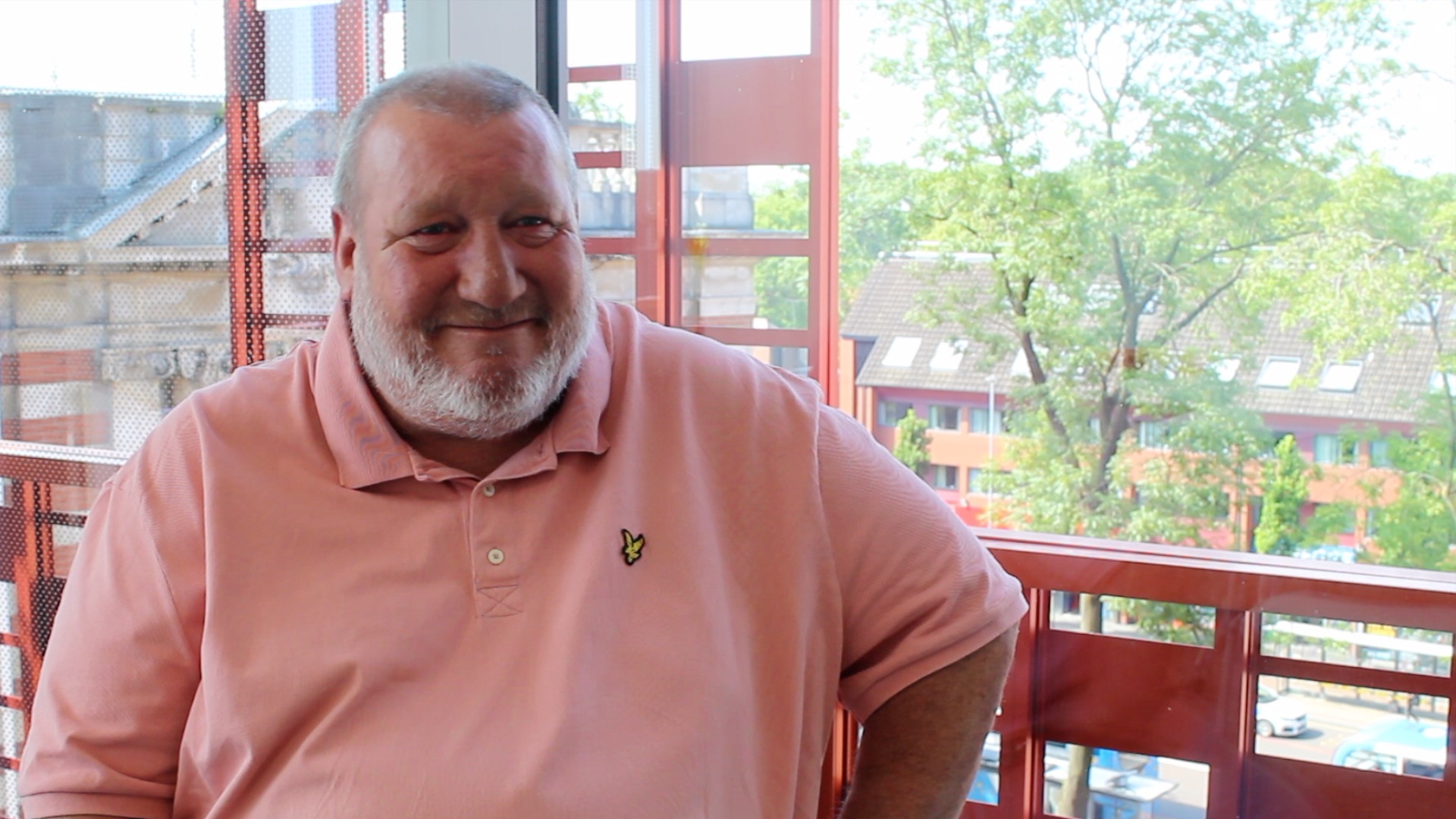Bridging Health Inequalities through Collaboration and Public Engagement via the Health Innovation Accelerator Programme

In the quest to address health inequalities and improve healthcare outcomes, the role of collaboration and public involvement and engagement has become increasingly crucial. In this blog post, we explore the work of Nicky Timmis, PPIE Manager at Health Innovation Manchester (HInM) and her efforts to empower colleagues, partners, and communities in tackling health inequalities. With a focus on the Health Innovation Accelerator (HIA) programme, which was celebrated at a launch event on the 19th June 2023, we delve into the multifaceted approach that involves partnerships across sectors, public involvement, and bridging the gap between primary and secondary care.
The Health Innovation Accelerator programme at HInM is a significant endeavour, involving a multimillion-pound investment from the government, aimed at bringing novel diagnostics and treatments to the most challenging disease areas. This ambitious initiative requires partnerships and collaborations between HInM, MFT (Manchester University NHS Foundation Trust), UoM (University of Manchester), life science organizations, and industry partners. With a tight two-year timeframe, the programme aims to make a substantial impact on reducing health inequalities.
Tackling health inequalities is a key driver for the HIA programme and therefore public involvement and engagement is a cross-cutting theme. By actively involving patient groups, marginalized communities, and individuals with lived experiences, valuable insights and learnings can be generated, contributing to the overall success of the programme.
Nicky says:
“Public involvement and engagement is a cross-cutting theme, the golden thread throughout this programme. This will be crucial in providing valuable insights and learning that can help inform our work and link individual projects together.
During the HIA Launch event, a patient representative film was presented, showing the journey of Russ, a Manchester citizen who spoke about his own experiences and the importance of early diagnosis. Russ spent 3 years in hospital spanning 29 different hospital admissions. He said that his life could have been quite different if he’d been diagnosed earlier and with today’s treatments available to him.
Hearing from people such as Russ highlights how the patient voice underscores the significance of the inclusive approach running throughout the HIA Programme.

Collaboration as the Key
Addressing health inequalities cannot be accomplished in isolation. Collaboration is vital. HInM works closely with industry partners, clinicians, and other stakeholders to leverage their expertise and resources. For instance, NHS colleagues lead patient recruitment for specific HIA projects, while industry partners develop digital approaches to enhance screening processes. Communication experts from commercial companies assist in innovative public engagement strategies and this collective effort ensures an inclusive and impactful approach.
One of the projects under the HIA programme, the Lung Health Checks, offers mobile screening to improve screening uptake and reach underserved communities. This project will build on the current lung health checks to take research to underserved communities and increase recruitment to clinical trials. In a multi-faceted approach, NHS colleagues are leading the recruitment of patients from secondary care, whilst others are gathering feedback from patients about their experience of accessing the Lung Health programme in community rather than hospital settings.
Phil Crosbie, Professor of Respiratory Medicine at the University of Manchester said at the HIA launch event: “We are taking that research into people’s communities to increase access and improve outcomes.”
Expanding the Toolbox for Public Involvement
The HInM PPIE team will utilize various networks and assets to promote public involvement. One such asset is Research for The Future (RftF )which recruits local individuals, particularly those with long-term conditions relevant to the program.
RftF is part of the NIHR CRN. It is an NHS-supported campaign working collaboratively with several NHS partners across north-west England to help people find out about, and take part in, health and care research.
The partnership between RftF and HInM is mutually beneficial, with shared promotion and recruitment efforts. Additionally, HInM hosts the Applied Research Collaboration and the GM Forum, facilitating collaboration among organizations leading or interested in public involvement. Working together in this way enables us to increase our reach and include people and communities from across GM.
To ensure inclusivity, HInM actively seeks to engage with individuals and communities who may not typically respond to opportunities circulated on-line. Collaborating with grassroots and community-based organizations, HInM co-designs approaches to overcome multiple barriers to engagement. These organizations possess the expertise, local knowledge, relationships, and trust, enabling us to be more inclusive by reimbursing voluntary organizations for their time, HInM also contributes to their economic sustainability and levelling up.
HInM supports a diverse public and community panel comprising individuals from various socioeconomic and cultural backgrounds. With their wide range of skills, knowledge, and lived experiences, panel members provide critical insights and perspectives. Their connections within their local communities further enhance the reach of HInM’ s initiatives. The panel serves as a valuable resource, offering advice, guidance, and a critical lens for the HIA programme.
The challenges ahead in addressing health inequalities are significant, but our commitment to collaboration, public involvement, and engagement provides a strong foundation. With a focus on bridging the gap between primary and secondary care, the HIA programme aims to improve the health of those most in need. By harnessing the power of partnerships and diverse perspectives, HInM endeavours to achieve meaningful and lasting impact to improve the health outcomes for the citizens of GM healthcare.


